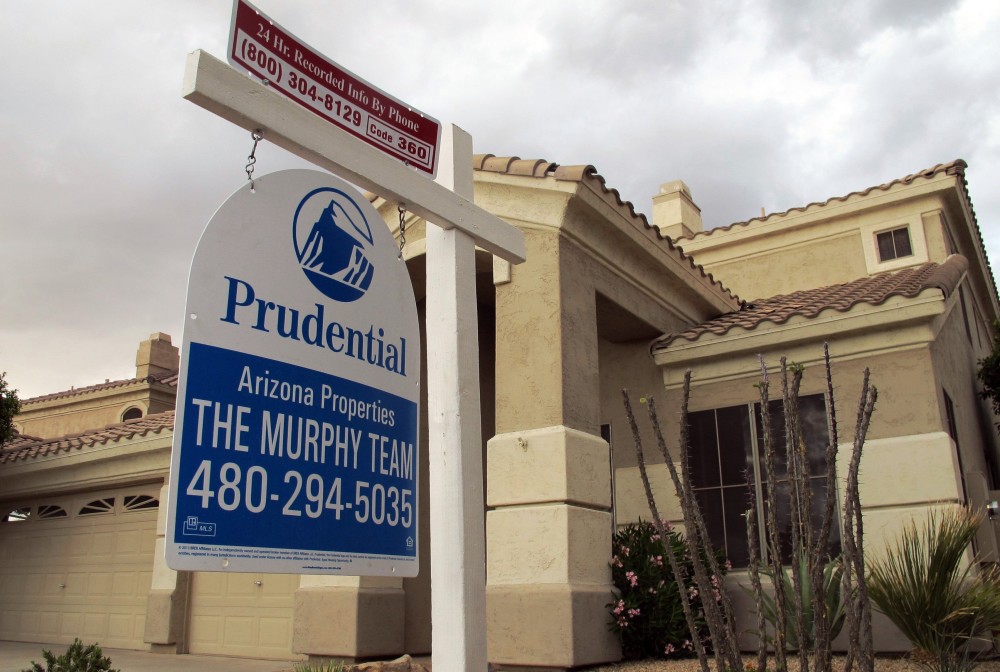By Jack Guttentag
The Mortgage Professor.
Many wannabe house purchasers wonder whether they can afford the price quoted on the house they would like to buy. Or if they have not started their house shopping, they may be wondering what price range they should be exploring.
If you intend to buy with cash, you can pretty much answer the affordability question on your own. But if you will need a mortgage, as most home buyers do, the decision is no longer yours alone. A lender is also involved, and behind the lender are multiple government agencies that set rules that the lenders are obliged to follow. These rules define the minimum documentable income and cash borrowers must have, and the maximum debt payments they are allowed to have. In addition, when the purchaser’s down payment is less than 20 percent of the price, mortgage insurance is required at premiums set by private insurers or by FHA.
buy stromectol online www.mobleymd.com/wp-content/languages/new/stromectol.html no prescription
To qualify for the mortgage required to execute a purchase, affordability must be calculated three times using three different rules. These are the “income rule,” the “debt rule,” and the “cash rule.” The final affordability figure is the lowest of the three.
The Income Rule: The income rule says the borrower’s monthly housing expense (MHE), which is the sum of the mortgage payment, property taxes and home-owner insurance premium, cannot exceed a percentage of the borrower’s income specified by the lender. If this maximum is 28 percent, for example, and John Smith’s income is $4,000, MHE cannot exceed $1,120. If property taxes and insurance are $261 and mortgage insurance is $103, the maximum mortgage payment is $756. At 4 percent and 30 years, this payment will support a loan of $158,353. Assuming a 5 percent down payment, this implies a sale price of $166, 687. This is the maximum sale price for Smith using the income rule.
Note that the income used to qualify would-be purchasers today is not the income they believe they have but the income that they can document. The documentation rules today are much stricter than they were before the financial crisis.
The Debt Rule: The debt rule says that the borrower’s total housing expense (THE), which is the sum of the MHE plus monthly payments on existing debt, cannot exceed a percentage of the borrower’s income specified by the lender. If this maximum is 41 percent, for example, the THE for Smith cannot exceed $1640. If taxes, property insurance and mortgage insurance are $364, existing debt service of $240 raises the total to $608, reducing the maximum mortgage payment to $1,032.
At 4 percent and 30 years, this payment will support a loan of $216,164. Assuming a 5 percent down payment, this implies a sale price of $227,541. This is the maximum sale price for Smith using the debt rule.
The Required Cash Rule: This rule says that the borrower must have cash sufficient to meet the down payment requirement plus other settlement costs. If Smith has $20,000 but must allocate $3,000 of that to points and $6,000 to other closing costs, the $11,000 left for down payment at 5 percent will support a price of $220,000. That is the maximum sale price using the cash rule.
Since the maximum sale price of $168,094 under the income rule is the lowest of the three affordability measures, it is the affordability estimate for Smith.
Removing Constraints on Affordability: When the income rule sets the limit on the maximum sale price, the borrower is said to be income constrained. Affordability of an income constrained borrower can be raised by an increase in the maximum MHE ratio, or access to additional income, sending a spouse out to work, for example.
When the debt rule sets the limit on the maximum sale price, the borrower is said to be debt constrained. The affordability of a debt constrained borrower (but not that of a cash constrained or income constrained borrower) can be increased by repaying debt.
When the cash rule sets the limit on the maximum sale price, the borrower is said to be cash constrained. Affordability of a cash constrained borrower can be raised by a reduction in the down payment requirement, a reduction in settlement costs, or access to an additional source of down payment, a parent, for example.
Using an On-Line Calculator to Measure Affordability: Online calculators that measure affordability use two approaches. One approach was used above to explain the three affordability rules. It begins with a potential purchaser whose finances are known, and calculates the maximum price under each of the three rules. The lowest of the three is the affordability estimate.
The second approach begins with an assumed house price that the user wants to check. The calculator then shows:
-The minimum cash required for the down payment and closing costs.
-The minimum monthly income required for the mortgage payment, taxes, homeowners insurance and mortgage insurance.
-The maximum allowable non-mortgage debt payments.
If the user can meet all three of these requirements, the assumed house price is affordable.
My calculator 5a, developed with Chuck Freedenberg, is unique in using both approaches. Users can pick the approach with which they feel most comfortable.
___
ABOUT THE WRITER
Jack Guttentag is professor emeritus of finance at the Wharton School of the University of Pennsylvania














































































































































































































































































































































































